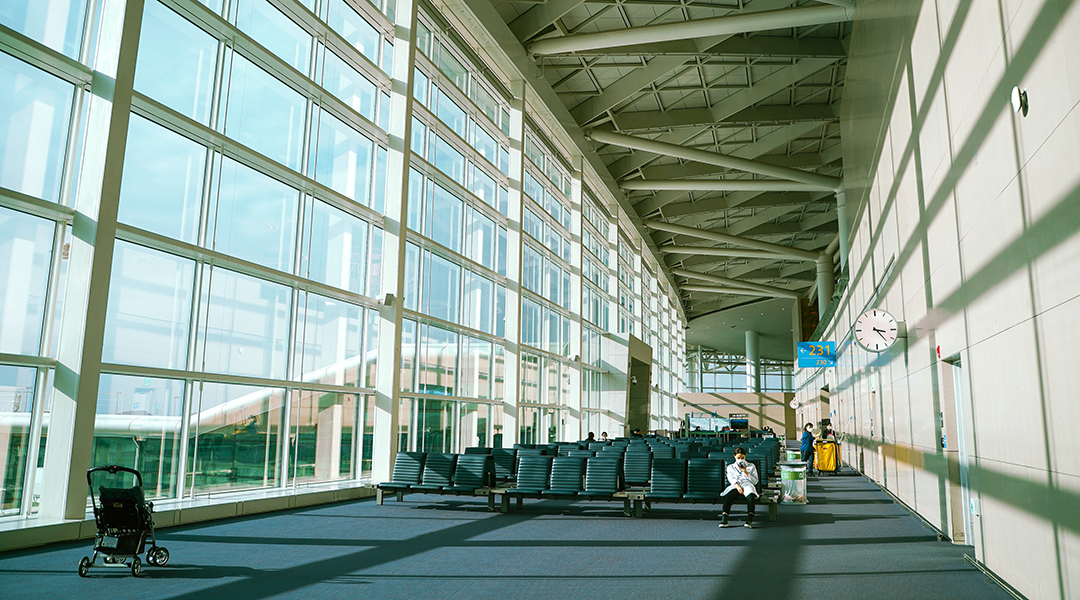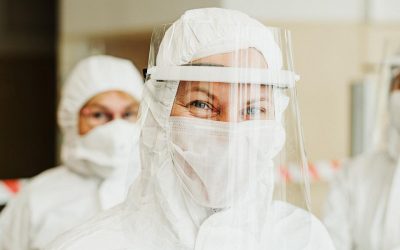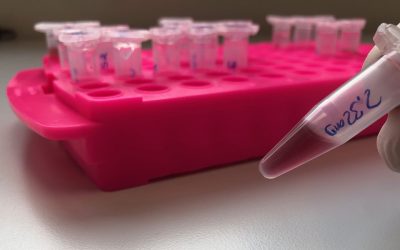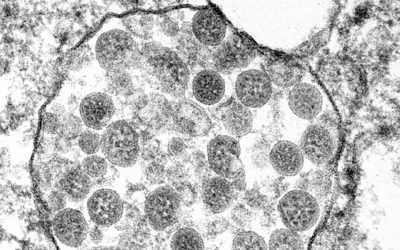Image credit: Lei Jiang Unsplash
Which is more important in the initial phase of a pandemic: taking precautionary action or responding to its severity? That is the question that researchers from Singapore University of Technology and Design (SUTD) set out to address in a recent article published in BioEssays.
By looking at how the number of new cases changed with the adoption or relaxing of strategies taken by the US, Europe, China, Japan, and South Korea, the data collected by the study’s researchers suggests that the following three strategies should have been considered for implementation during the COVID-19 pandemic: (1) controlled movement by implementing some form of coordinated social distancing, stay-at-home order or extreme lockdown; (2) early and sustained implementation of containment through internal and external border controls; and (3) efficient and early testing to identify symptomatic and asymptomatic transmitters.
These are not new strategies but were learnt from previous pandemics. However, at a time when these strategies should have been implemented in some form as a precaution to contain COVID-19 in the early days, many countries chose to “wait”.
A collective strategy is needed, not just country-wide, but globally. If the effort to contain COVID-19 is not implemented in unison, a community that opens up out of phase to the others might see new infections. Incoherent strategy allows waves in each territory to superimpose and form a sustained wave for the virus to ride on as it hops from territory to territory, country to country, continent to continent. In particular, because these known strategies were not adopted early with sustained implementation, the US continues to account for a fifth of the world’s total COVID-19 cases and is facing the start of a third wave. Another example can also be found in the post-summer resurgence of COVID-19 in Europe, when measures were significantly relaxed.
“As the world moves forward and prepares itself for future pandemics of such scale, the lessons learnt from COVID-19 should be part of every country’s pandemic response. When another virus of such protean nature hits us again, we will not be caught off-guard by successive wavelets constructively interfering to give a sustained wave,” said Joel Lai, the lead author of the study. “This article identifies the effectiveness of various strategies adopted by the governments of key hotspots for COVID-19. We noticed that the strategies were not new, yet, somehow, they were not implemented as swiftly and with authority as expected. These were effective in the past, proven to be effective in tackling COVID-19, and will continue to be effective for future pandemics.”
COVID-19 has significantly changed everyone’s way of life. In the initial response to the growing number of cases, governments across affected countries have adopted different strategies in implementing control measures in hopes of reducing the number of new cases. Despite not having any precedence on the nature of this coronavirus, many of the strategies to tackle infectious diseases, like COVID-19, are in fact known. The precautions that we could have taken were not implemented as a precautionary preparation, but as a reaction after COVID-19 became widespread.
“Hindsight is always 20/20, but we do not need to be deep in a crisis only to acknowledge that certain precautionary measures should have been executed earlier. This time, with hindsight, precaution was indeed better than the cure,” observed Professor Kang Hao Cheong, the principal investigator for this study. “The successes and failures of COVID-19 management thus far have set a precedent for how countries should approach future [outbreaks]. These should form lessons to deal with future pandemics as a precaution, not a reaction.”
Reference: Joel Weijia Lai, Kang Hao Cheong, Superposition of COVID‐19 waves, anticipating a sustained wave, and lessons for the future, BioEssays (2020). DOI: 10.1002/bies.202000178

















